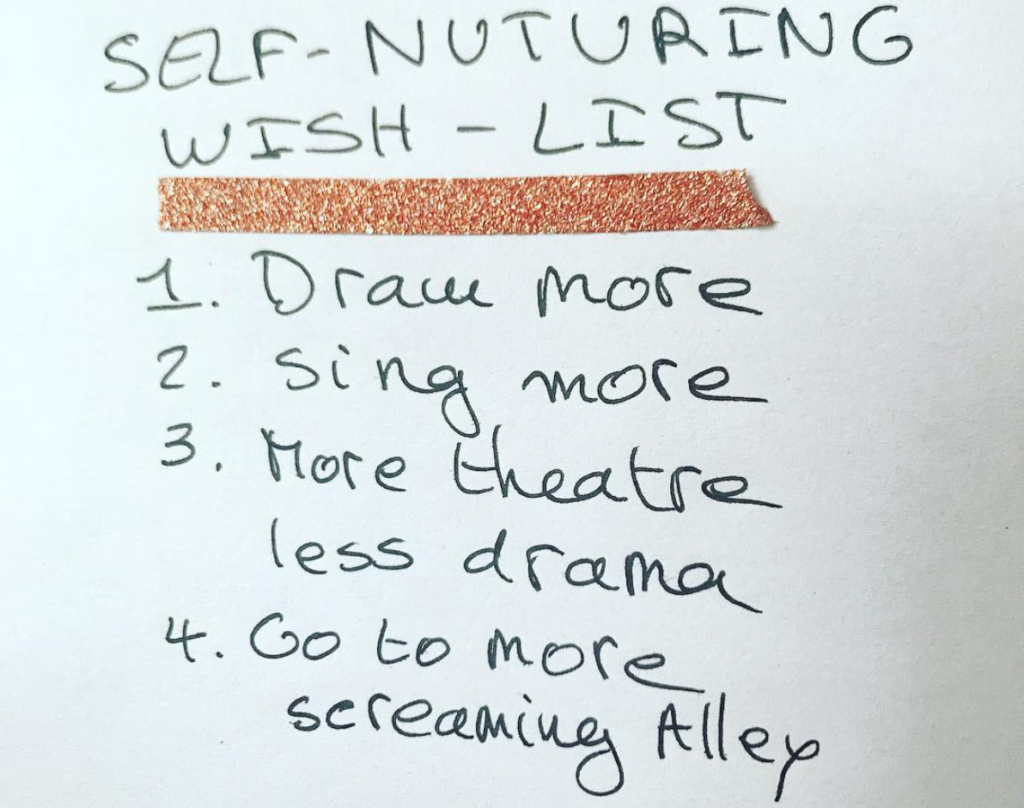Editor’s Note: Scapi Magazine contributor Estelle Rosenfeld is writing a column series about starting a theater career, as well as tips and wisdom for resume writing, portfolio building, networking, self-care, and shifting mindsets. This is her third installment.
Curtain-up on our bi-monthly career wisdom series: what to do when you’ve just heard, “thank you but no thank you.” Here is your third serving of career advice and ideas in this series for burgeoning theater artists.
Welcome to Threepenny Philosophy.
As theater artists, we get rejected. A lot. There is no sugar-coating it. The few of us who make a living out of it just get rejected a bit less. Whether it is hunting for jobs as a freelancer or developing your own work, it is bound to happen at some point. Or actually at many points, and the build up can seriously affect your life and work. But wait a second. Are they really rejections? Just because you’ve had a ‘no’ doesn’t necessarily mean you are being rejected. And that makes all the difference.

Freshening up our perspective
So before I run you through my personal routine to shake off a ‘no’, let’s put things in perspective. Apparently, the average audition success rate is one in 20. As someone who is now more often on the hiring side than the applicant side, I promise you that 99% of the time, it is nothing personal.
See it as ‘funnel’. In marketing, it means that if 100,000 people see an advert for a soap called Swoosh on social media, 10,000 might click to check the offer, and 1,000 might actually buy a bar of Swoosh. Now, Ms. Swoosh doesn’t cry thinking she’s worthless and that the 99,000 who didn’t buy her soap hate her. She knows her soap can’t possibly appeal to all 100,000 viewers. Okay, admittedly it’s probably easier to sell soap than to sell yourself. But accepting that applying, auditioning, contacting programmers, etc. is part of the job description makes life as a theater artist a lot easier.
“Yeah, it’s all very well, Estelle,” I hear you say, “But it still bloody hurts sometimes!” Well folks, I hear you: sometimes I just want to curl up into a ball and ignore the rest of the world. But the real trick is the capacity to bounce back. We can’t afford to stay curled up in a ball for too long. We need that positive mindset, we want to feel happy and excited about our work. That excitement is contagious and that’s how we’re most likely to get other people excited about our work too. Check out my last column on networking if you haven’t yet where I touch on this.
But how can you sustain a positive mindset when you hit a wall? Well, here are a few techniques I’ve picked along the way. I reckon they work best combined in the following way.
Three steps to pick yourself up
1. Recognize your feeling
So basically, I do curl up into a ball, but not for too long. Blocking all negative feelings is not a solution. Trust me, I tried. The result was that I used to hold on to them for much longer. With time, I’ve found a trick that allows me to explore those feelings safely and then move on. I feel that I should add a bit of a disclaimer here: I don’t have any psychological training and although I’ve done my fair share of therapy, I am not diagnosed with any particular mental illness. I’m just sharing what works for me. If you think that’s not safe for you, don’t do it and just skip to step 2.
Okay, so here is what I do. I get myself somewhere nice and quiet where I won’t be disturbed. I put a timer on: this is the important bit. Because I know there is an end time to feeling rubbish, I feel safe to feel the pain. I usually go for 15 minutes as I need a bit of time to unpick the first layers of disappointment and start digging into valuable thoughts.
I start thinking about the ‘rejection’ and how I feel about it. I follow where it hurts to try to identify what I really want or need. This is all very precious information for later. Was it about the money? Did I want the recognition, the pat on the back? Was it genuinely the kind of artistic project I want to be involved in? I resist the urge to write it down and start making a plan (my natural inclination). I just sit with it, literally curled up, until the timer rings.
2. Review

Grab some paper and write down your thoughts. Try to hear what that pain was telling you. Are money issues triggering anxieties? Do you want to do more dance projects? Are you not taking yourself seriously enough as a theater artist and crave recognition? Write down the answers.
Try to review the audition/interview mentally: is there anything you could have done better? If it comes down to skills, is there anything you can do about it? Train, practice? Don’t use it as an excuse to beat yourself up: a lot of the time, the only explanation is that you’re not it, and there isn’t much you can do about that.
If you can, ask for feedback. Do it in a casual way, don’t put pressure if the person doesn’t get back to you, but it’s worth giving it a try. Especially if it’s a job you really wanted, or if you’re just starting and not sure how to go about it.
3. Comfort yourself
Okay, so now it is time to start healing yourself.
First, you want to do one nice thing for yourself. It can be a very simple thing, such as running yourself a bath (go crazy, add bubbles) or watching your favourite movie: whatever works for you, in a mindful way that is genuinely kind to yourself.
Then, do something nice for someone else. Nothing like empathy to shake off self-pity. It can be as simple as cooking a nice dinner for your partner, to crafting a special homemade gift for a friend who is going through a difficult time.
For a final mindset shift, write down 10 things you are grateful for. If you find it particularly difficult to do or feel specially negative at the moment, keep doing it daily for at least a week.
All these techniques have helped me to keep going.I hope they can help you too. If you want to send me some feedback about how they work for you or share some of your own, I’m always happy to hear from you. Get in touch.
In my next installment, I’ll be sharing tips about building a portfolio. If you’re a theater artist, chances are, you need one.
Stay tuned for the next installment of Threepenny Philosophy.
More installments of this column can be found under Impressions, our subsection in Underground.












Be First to Comment